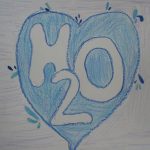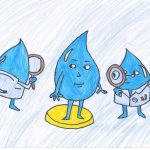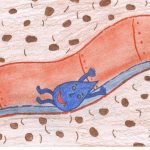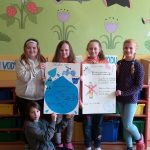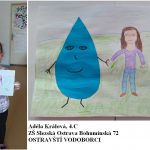Where does tap water come from? And where does dirty water go?
 Water
Water
Around a thousand children at primary schools in Ostrava are currently learning about the cycle of water as part of a fun and educational project run by the city’s water management company OVAK, called “Find the Source”. The company has organized this project annually for the past 17 years.
Children at participating schools have the task of answering several questions. To help them find the information they need, OVAK’s website features a special video describing the cycle of water, as the company’s press officer Radka Vanková explained:
“The children learn about the natural water cycle, and they also find out how naturally occurring water is treated to make it safe to drink.”
Ostrava’s tap water comes partly from reservoirs, and partly from underground sources. But before the water can be supplied to households, it first needs to be treated. Ostrava’s Nová Ves water treatment plant is a historic site which is celebrating its 110th birthday this year. OVAK and the City of Ostrava have worked together to install state-of-the-art modern equipment in this historic setting, so the treatment process meets the strictest requirements. As part of the “Find the Source” project, children learn about the process, as Radka Vanková explained:
“The children have to describe the different phases in the water treatment process, as well as finding some fascinating facts and figures about Ostrava’s water supply network.”
The second task concerns waste water, which is channelled via sewers to waste water treatment plants to be cleaned. The largest of these plants is in the Přívoz district; the plant is constantly being modernized, enabling it to meet the very latest legal requirements. Thanks to the Přívoz plant, fish have now returned to the nearby Odra River after many years when the river was essentially dead.
Radka Vanková summed up the key goal of the project:
“The tasks have been designed to make sure the children remember the things that are really important: without water there could be no life, so we must all play our part in helping to preserve this valuable natural resource.”
The project partner is the City of Ostrava.



